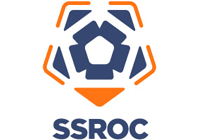Powered by .id (informed decisions) for Southern Sydney Regional Organisation of Councils (SSROC)
.id community is an evidence base for over 250 local government areas in Australia and New Zealand, helping you make informed decisions.
LEARN MORE ABOUT .id